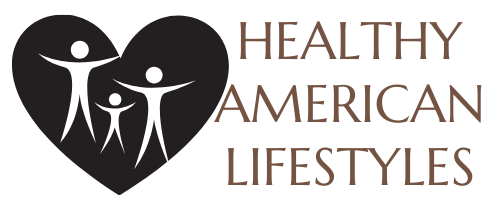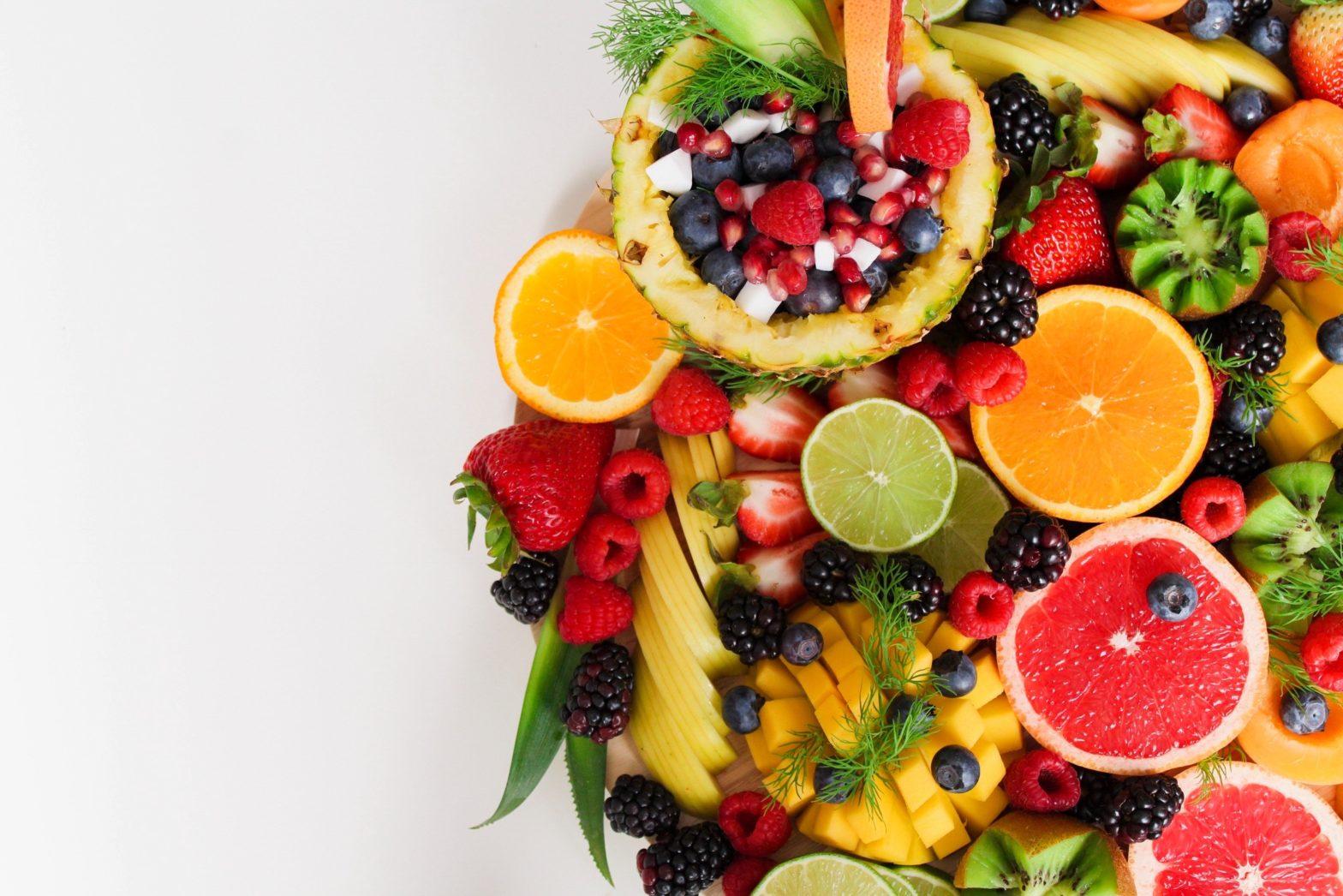What is healthy eating?
Eating healthy is an important part of a healthy lifestyle and is something that should be taught at a young age. The following are some general guidelines for helping your adolescent eat healthily. It is important to discuss your adolescent’s diet with his or her health care provider before making any dietary changes or placing your adolescent on a diet. Discuss the following healthy eating recommendations with your adolescent to ensure he or she is following a healthy eating plan:
1.Eat 3 meals a day, with healthy snacks.
2. Increase fiber in the diet and decrease the use of salt.
3. Drink water. Try to avoid drinks that are high in sugar. Fruit juice can have a lot of calories, so limit your adolescent’s intake. Whole fruit is always a better choice.
4. Eat balanced meals.
5. When cooking for your adolescent, try to bake or broil instead of fry.
6. Make sure your adolescent watches (and decreases, if necessary) his or her sugar intake.
7. Eat fruit or vegetables for a snack.
8. Decrease the use of butter and heavy gravies.
9. Eat more chicken and fish. Limit red meat intake, and choose lean cuts when possible.
Healthy eating during adolescence
Healthy eating during adolescence is important as body changes during this time affect an individual’s nutritional and dietary needs. Adolescents are becoming more independent and making many food decisions on their own. Many adolescents experience a growth spurt and an increase in appetite and need healthy foods to meet their growth needs. Adolescents tend to eat more meals away from home than younger children. They are also heavily influenced by their peers. Meal convenience is important to many adolescents and they may be eating too much of the wrong types of food, like soft drinks, fast-food, or processed foods.
Also, a common concern of many adolescents is dieting. Girls may feel pressure from peers to be thin and to limit what they eat. Both boys and girls may diet to “make weight” for a particular sporting or social event.
The following are some helpful considerations as you prepare meals for your adolescent:
1. Arrange for teens to find out about nutrition for themselves by providing teen-oriented magazines or books with food articles and by encouraging them and supporting their interest in health, cooking, or nutrition.
2. Take their suggestions, when possible, regarding foods to prepare at home.
3. Experiment with foods outside your own culture.
4. Have several nutritious snack foods readily available. Often, teenagers will eat whatever is convenient.
5. If there are foods that you do not want your teens to eat, avoid bringing them into the home.
Making healthy food choices
The MyPlate icon is a guideline to help you and your adolescent eat a healthy diet. MyPlate can help you and your adolescent eat a variety of foods while encouraging the right amount of calories and fat.
The USDA and the U.S. Department of Health and Human Services have prepared the following food plate to guide parents in selecting foods for children age 2 and older.
The MyPlate icon is divided into 5 food group categories, emphasizing the nutritional intake of the following:
1. Grains, with at least half of the grains being whole grains
2. Fruits
3. Vegetables
4. Protein foods, including seafood, lean meats and poultry, eggs, legumes (beans and peas), soy products, and nuts and seeds
5. Dairy products, including fat-free or low-fat milk, yogurt, and cheese
How to use the MyPlate icon:
The MyPlate icon is meant to be a general guide. You do not need to provide each food group at every meal. Choose foods from all 5 food groups throughout the day.
Grains: At least half of the grains should be whole grains, such as whole-wheat bread, brown rice, and oatmeal.
Fruits: Fruits can be fresh, frozen, canned, or dried.
Vegetables: Aim for a variety of vegetables, including dark green, red and orange, legumes (beans and peas), and starchy vegetables.
Protein foods: Choose seafood, lean meats and poultry, eggs, legumes (beans and peas), soy products, and nuts and seeds.
Dairy: Go for fat-free or low-fat dairy, including milk, yogurt, cheese, and fortified soy beverages.
Calories: The number of calories you need depends on your age, sex, height, weight, and physical activity level.
Fats: Limit solid fats and added sugars.
Salt and sodium: Choose and prepare foods with little salt and sodium.
Alcohol: If you drink alcoholic beverages, do so in moderation.
Healthy American Lifestyles
Healthy American Lifestyles is a site for everyone serious about getting going on improving their health and life. Did you know the United States is far from the healthiest nation in the world? The United States is in 33rd place between the Czech Republic and Bosnia and Herzegovina! Few Americans have a lifestyle that is considered healthy and we’re here to change that.
Sponsored by the best cbd oil online delivery. If you’re looking for an alternative to prescription drugs, Mary Jane’s CBD Dispensary is the place to go. As America’s favorite and most talked about natural remedy, cannabinol (CBD) has become a popular choice among consumers because of its many benefits. Our team at Mary Jane’s are extremely passionate about this industry-leading product and aim to educate our customers on how they can incorporate it into their lives with ease. Are you ready to take your health goals seriously? Get in touch with us today!

